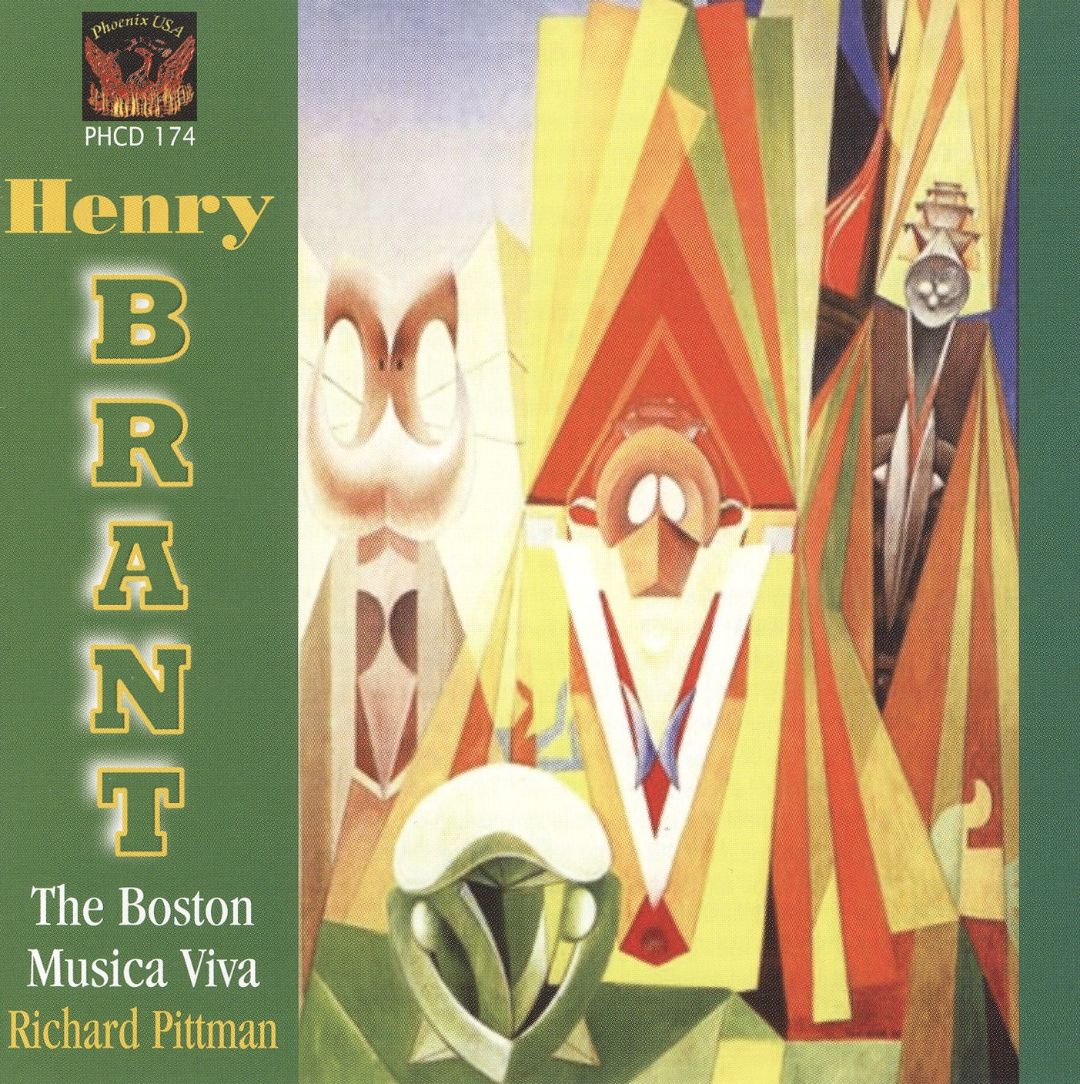
HENRY BRANT works for Chamber Orchestra
PHCD174 | Phoenix CD
| Name | Credit | |
|---|---|---|
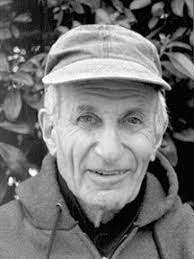 |
Henry Brant | Composer |
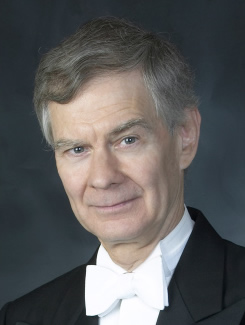 |
Richard Pittman | Conductor |
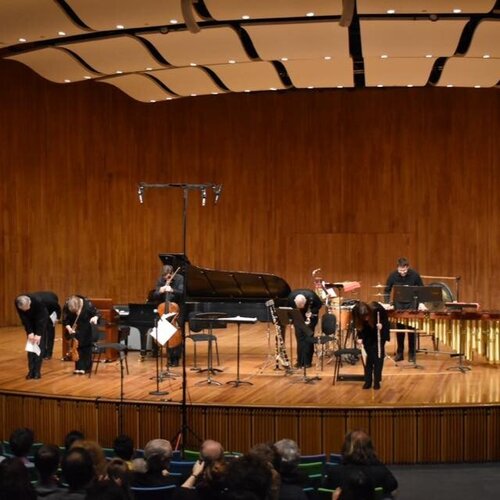 |
Boston Musica Viva | Orchestra |
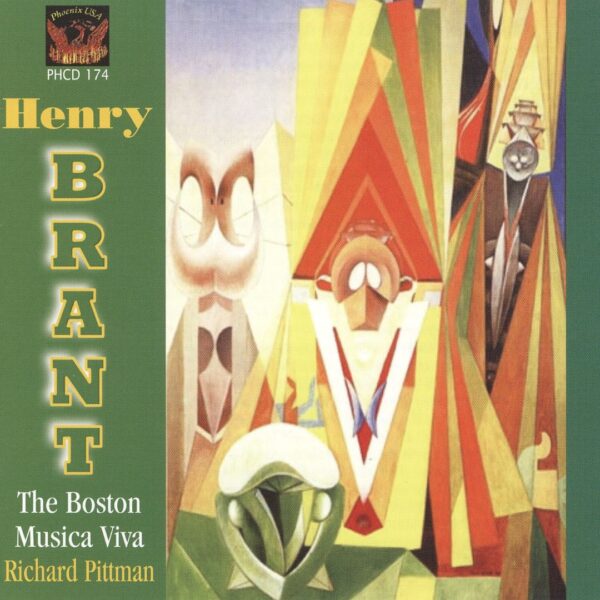 |
Michael Ingham | Baritone |
Homage aux Freres Marx
(Three Faithful Portraits) Chico, Harpo, Groucho
An Era Any Time of Year
All Souls Carnival
Pathways to Security
Music for an Imaginary Ballet

PHCD174 | Phoenix CD
| Name | Credit | |
|---|---|---|
 |
Henry Brant | Composer |
 |
Richard Pittman | Conductor |
 |
Boston Musica Viva | Orchestra |
 |
Michael Ingham | Baritone |
One consequence of the Depression in the Thirties was that complex, radical, experimental music, which had flourished (if such music can ever be said to have ‘flourished’ in the usual sense) in the Twenties, found itself almost abruptly without performers willing to present it, or audiences willing to listen to it, at least in the U.S.
Our composers had three choices a) to stop composing all together (Varese did just that), b) to compose and/or orchestrate commercially, for documentary or feature films, for radio mini¬dramas, for jazz groups. There was still some work of all of these kinds available. c) to compose in a simpler, much less radical style (Aaron Copland became the leading exponent of this practice). At various times during this period I wrote in both the b) and(c)types and found that my symphonic style was often almost indistinguishable from my commercial music.
There was a fourth possibility. Satiric and comedic ingredients, echoes of the circus, the dance hall, and of street music, insincere nostalgias, and more or less glossed-over horseplay were all tolerated in the concert music of the time. I found in this approach a welcome escape from the grim goings-on of the concert world. All Souls Carnival (1949), Music of an lmaginary Ballet (1948), and Les Frères Marx (1938) are all efforts in the permitted genres emerging from the Depression years. After the Second World War, our composers gradually discovered that they could again safely write as wildly as they pleased, and many did. A surprising number, however, still stuck pretty much in the same bland musical straitjackets of the Depression.
By 1950, as a teacher at Juilliard performing Gabrielli and Ives in ensemble classes, and after hearing the Berlioz Requiem in Paris, I stumbled upon the “spatial” music that has determined my own route ever since. An Era Any Time of Year (1987) and Pathways to Security (1990) are examples of spatial chamber music, both representative attempts to run for cover during the grandiose, deceptive, and world-tottering forebodings of the Recession-driven Eighties (this last sentence must be understood as the overheated talk of a musician somewhat out of his depth). The cryptic language of the recondite Brooklyn poet Louis Zukofsky in his monumental one-volume lifework ‘A’ led me to An Era Any Time of Year, while for Pathways to Security, I felt compelled to invent (or reinvent) a new synthetic language.